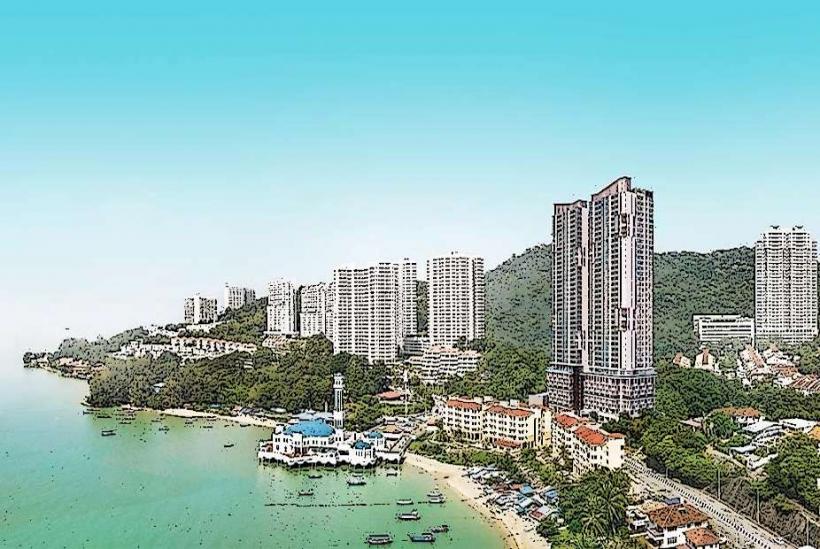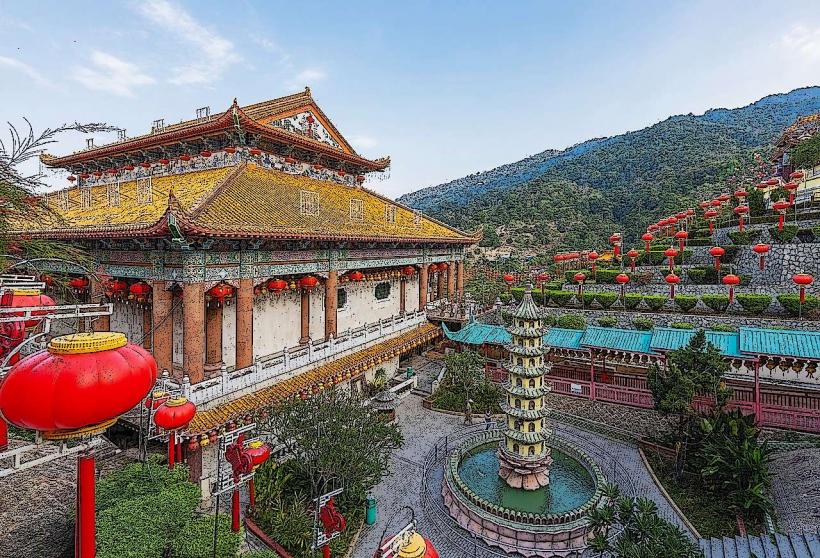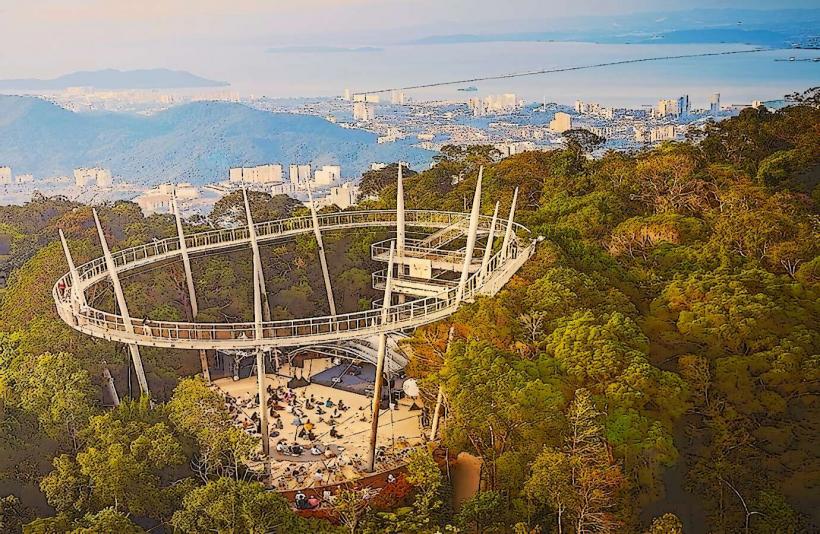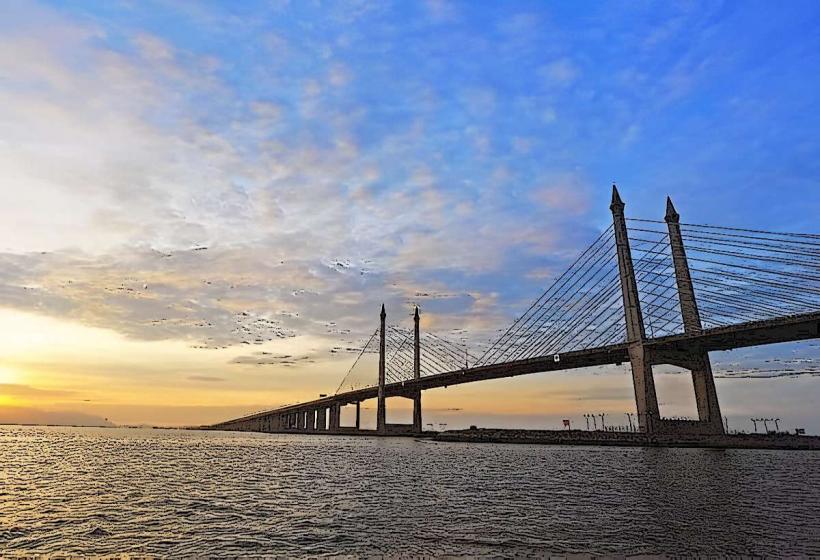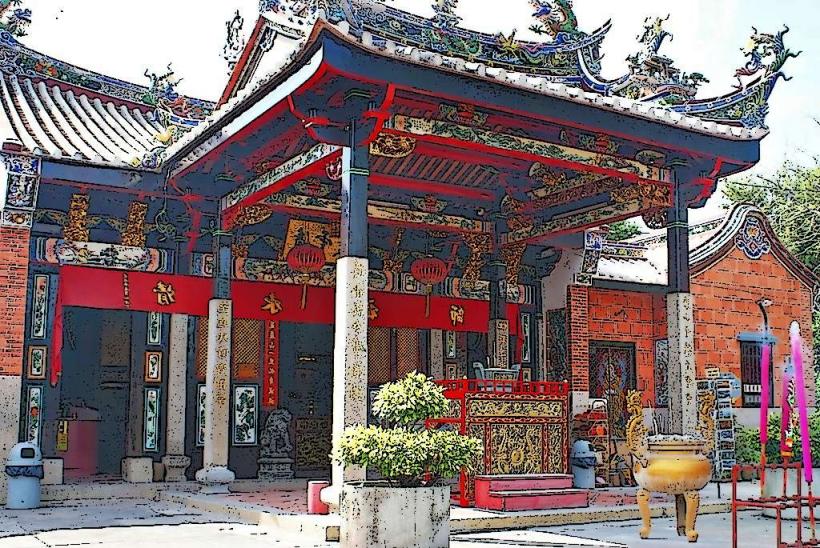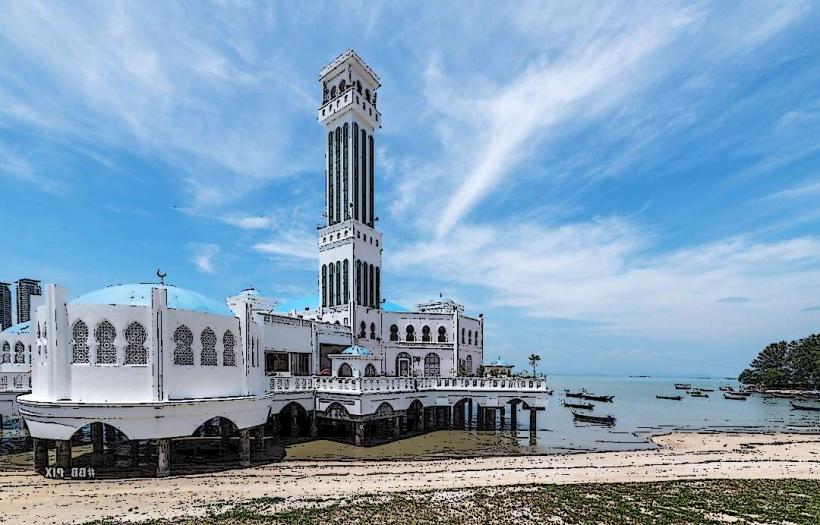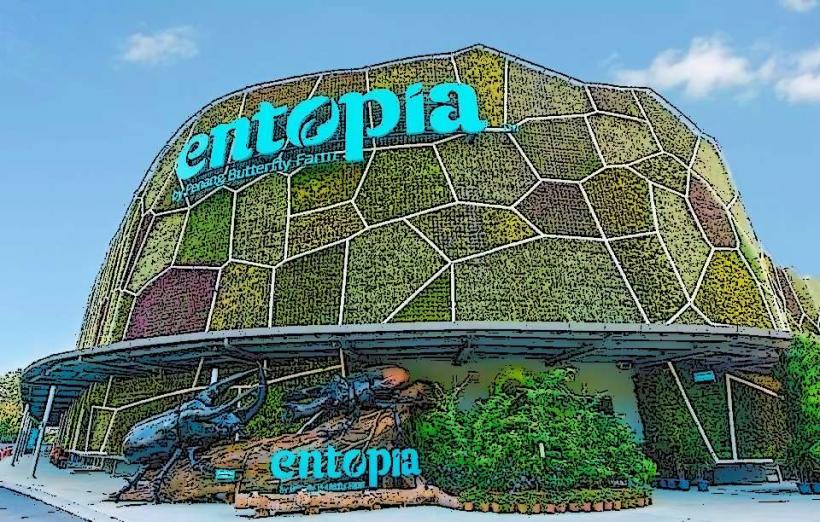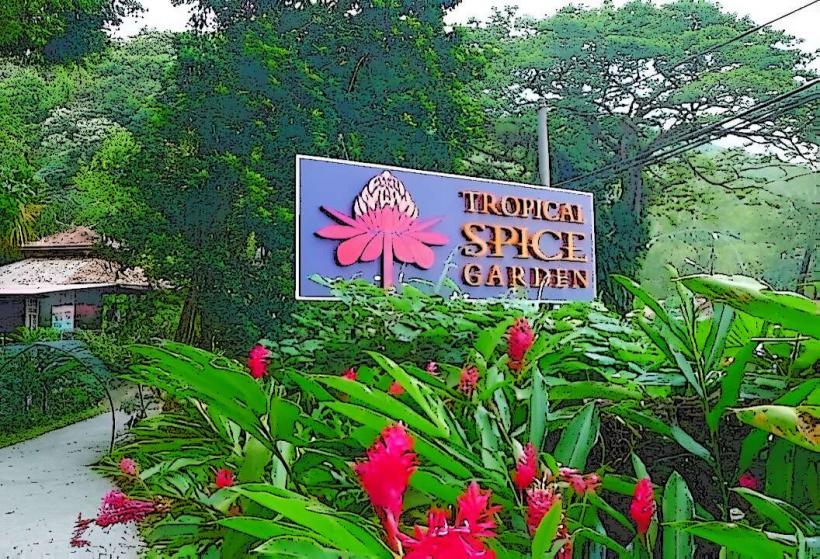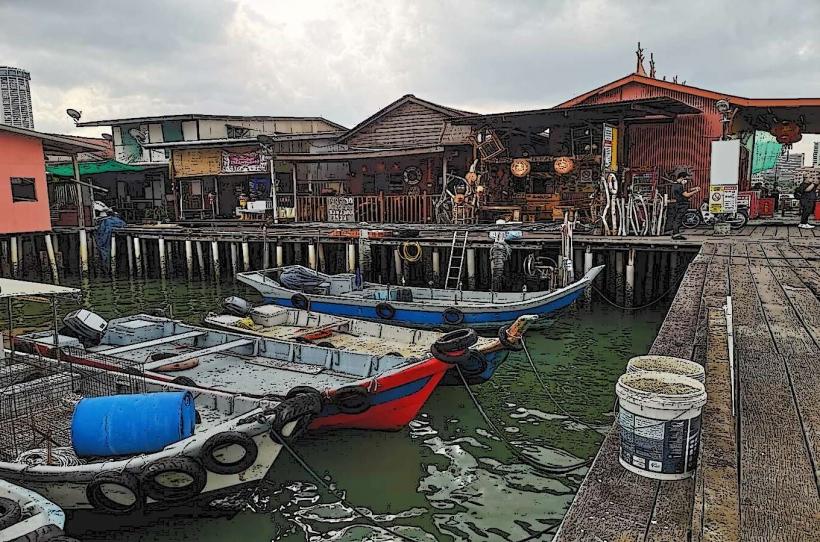Information
Landmark: Penang National ParkCity: Penang
Country: Malaysia
Continent: Asia
The Pinang Peranakan Mansion is a museum and cultural heritage site located in the heart of George Town, Penang, Malaysia. It is dedicated to showcasing the rich history, culture, and lifestyle of the Peranakans, also known as the Straits Chinese or Baba-Nyonya—descendants of Chinese immigrants who settled in Southeast Asia, particularly Malaysia and Singapore, and intermarried with the local Malay population.
History:
The mansion was originally built in the 19th century by a wealthy Peranakan merchant and is a well-preserved example of the traditional Peranakan-style home. The mansion was converted into a museum to give visitors a glimpse into the opulent lifestyle of the Peranakans and to preserve their unique cultural heritage. It provides a fascinating insight into the fusion of Chinese and Malay customs and traditions that define Peranakan culture.
Architecture:
The Pinang Peranakan Mansion is a beautiful example of traditional Straits Chinese architecture, blending elements of Chinese and Malay design. The mansion is a multi-story structure with a grand façade, colorful tiles, intricate woodwork, and decorative features. Some key architectural aspects include:
Traditional Chinese Ornate Carvings and Decoration: The mansion’s architecture features fine wooden carvings, including intricate motifs of flora, fauna, and Chinese symbols. The decorative panels, doors, and windows exhibit craftsmanship typical of Chinese merchant homes.
Courtyard: A traditional feature of Peranakan homes, the mansion includes a central courtyard, which allows natural light to fill the rooms and promotes airflow in the tropical climate.
Tilework: The floors of the mansion are adorned with Peranakan tiles, which are hand-painted ceramic tiles that often feature vibrant, intricate designs. These tiles are a signature element of Peranakan homes and can be found in many areas of the mansion.
Grand Staircase: A beautiful wooden staircase with intricate detailing leads to the upper floors, where many of the rooms and exhibits are located.
Exhibits and Collections:
The museum houses an extensive collection of Peranakan artifacts, furniture, and clothing that offer a glimpse into the everyday lives of the Babas and Nyonyas. Some highlights include:
Baba-Nyonya Clothing: Traditional Peranakan clothing, such as the kebaya (a decorative blouse worn by Nyonya women) and songkok (traditional headwear), are on display. The colorful garments are made from luxurious fabrics like silk and feature intricate embroidery.
Furniture: The mansion is filled with exquisite pieces of antique Peranakan furniture, including intricately carved wooden chairs, tables, and cabinets, often made of teak wood. These pieces reflect the wealth and status of the Peranakan community.
Crockery and Ceramics: The mansion showcases an impressive collection of Peranakan porcelain, including teapots, plates, and cups. The designs often blend traditional Chinese motifs with local influences, reflecting the fusion of cultures.
Silverware and Jewelry: Visitors can admire beautiful pieces of Peranakan silver jewelry and ornate objects that were traditionally worn by the wealthier members of society.
Lacework and Embroidery: The detailed lacework and embroidery found in the Nyonya clothing and household textiles, such as tablecloths and curtains, highlight the intricate skills of the Peranakan women.
Kitchen and Dining Items: The mansion also displays traditional Peranakan kitchenware, such as ceramic bowls, cooking tools, and utensils, giving visitors an insight into the food culture of the Babas and Nyonyas.
Art and Paintings: The mansion is decorated with traditional Chinese art, including paintings and calligraphy, as well as a variety of antique mirrors and lamps that reflect the opulence of Peranakan homes.
Cultural Significance:
The Baba-Nyonya culture is a unique blend of Chinese, Malay, and Indonesian influences, and it has contributed significantly to the cultural tapestry of Malaysia. The Peranakan community developed its own language, Baba Malay, which combines elements of Malay and Chinese, and they also created their own distinct style of cuisine, known as Nyonya cuisine, which features a blend of Chinese ingredients with Malay spices and cooking techniques.
- Baba and Nyonya: The term "Baba" refers to the male descendants of the Chinese immigrants, while "Nyonya" refers to the females. Their unique culture is characterized by the way they have preserved both Chinese traditions and incorporated local Malay customs.
Visiting the Pinang Peranakan Mansion:
Location: The mansion is located on Church Street (Jalan Gereja) in George Town, Penang, and is easy to access from various parts of the city.
Opening Hours: The museum is usually open daily, with specific hours of operation, typically from 9:00 AM to 5:00 PM. It is advisable to check ahead for any schedule changes, especially during public holidays or festive seasons.
Admission Fees: There is a nominal fee for entry, which helps maintain the preservation of the mansion and its exhibits. Tickets are generally affordable for tourists and locals alike.
Special Events:
The Pinang Peranakan Mansion often hosts cultural events, exhibitions, and educational programs to promote Peranakan heritage. Visitors may have the opportunity to experience traditional Peranakan dance, music, and culinary workshops.
Conclusion:
The Pinang Peranakan Mansion is a must-visit for anyone interested in exploring the vibrant cultural history of the Peranakan community in Penang. Its well-preserved artifacts and architectural beauty make it an essential stop for history enthusiasts, culture lovers, and those seeking to understand the fascinating fusion of Chinese and Malay traditions.

